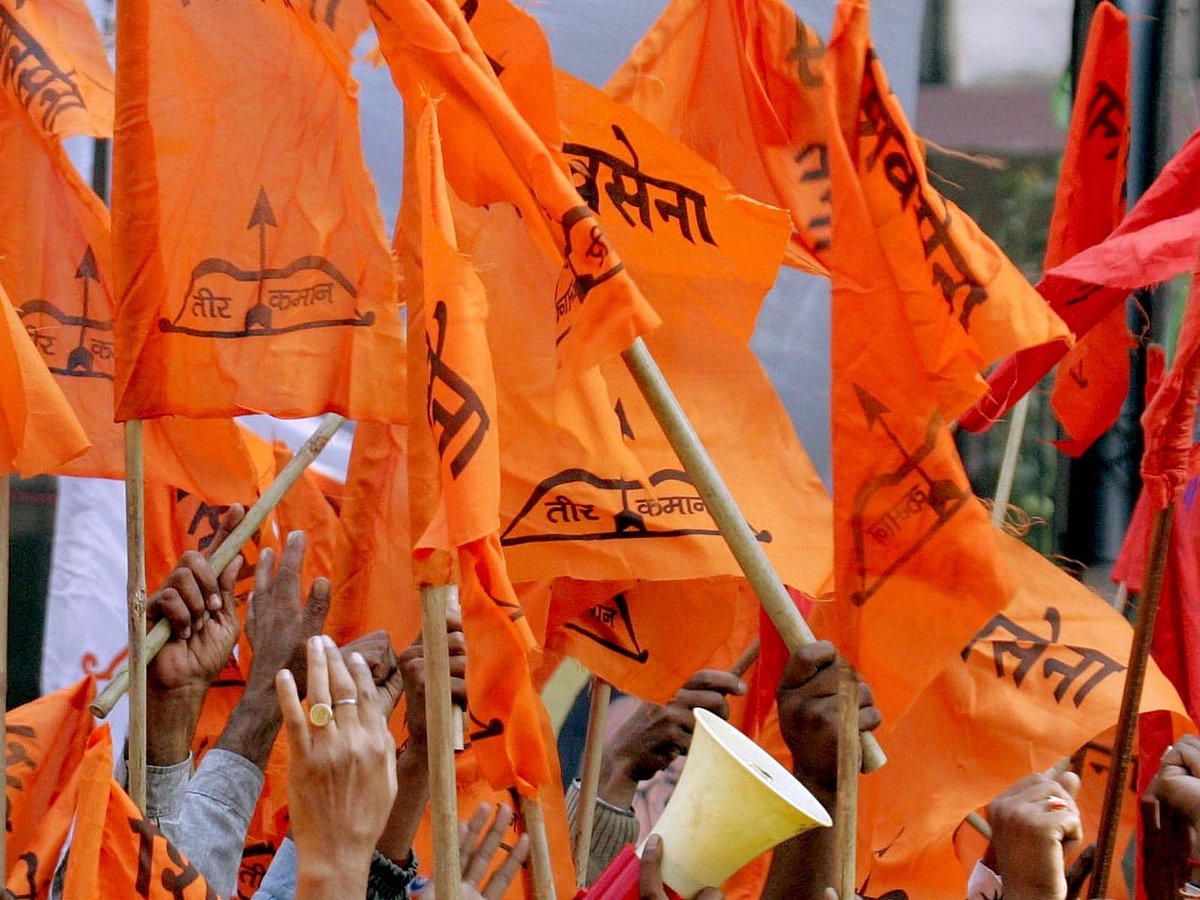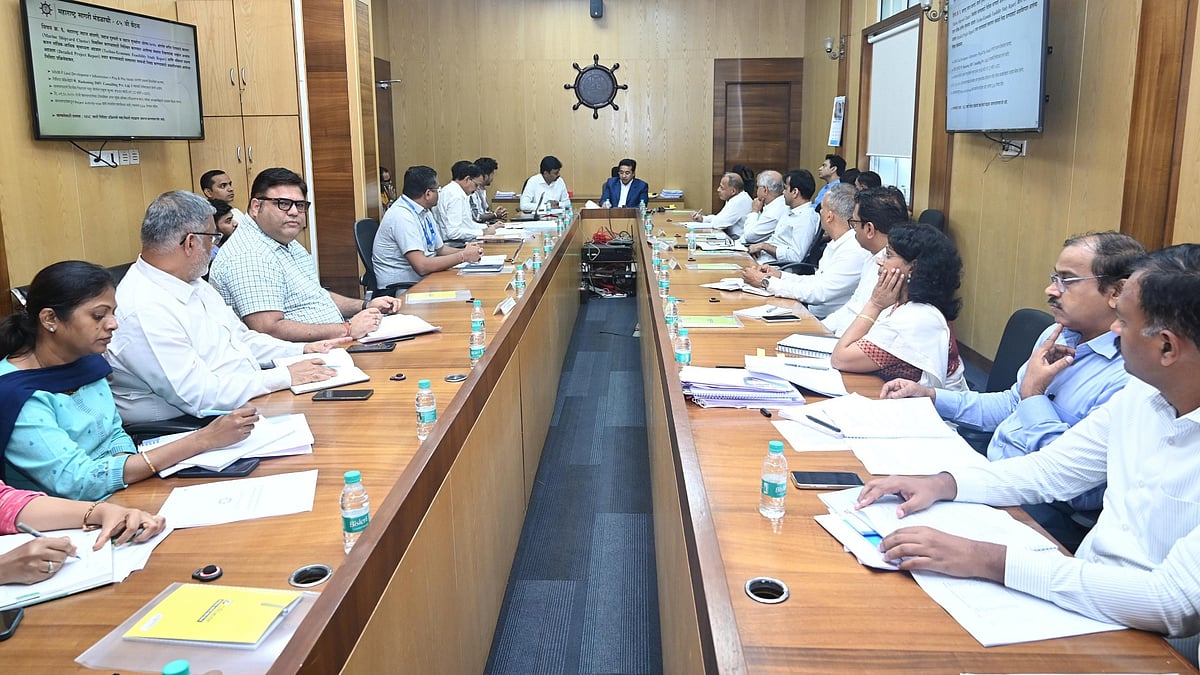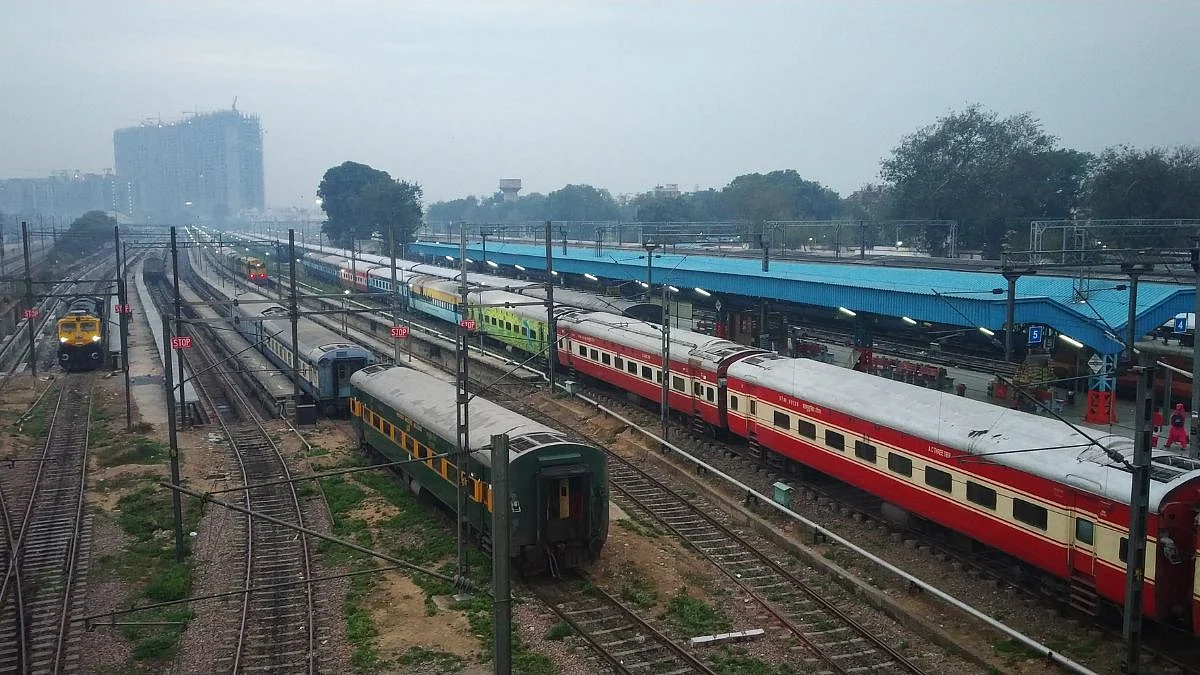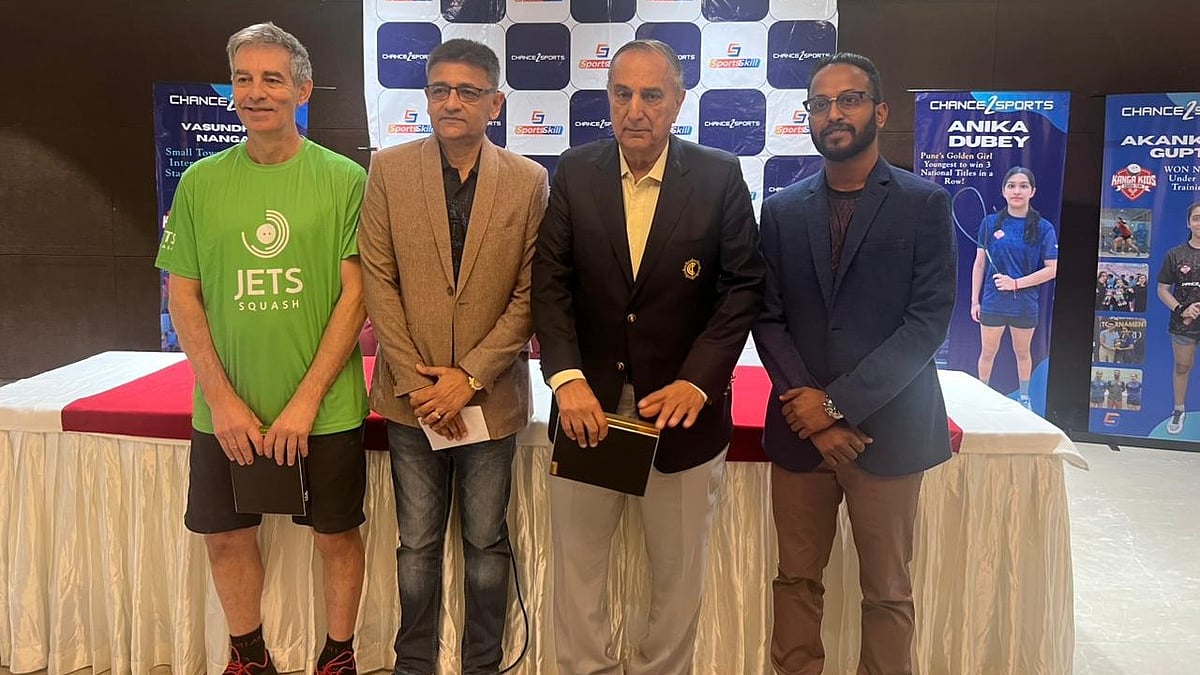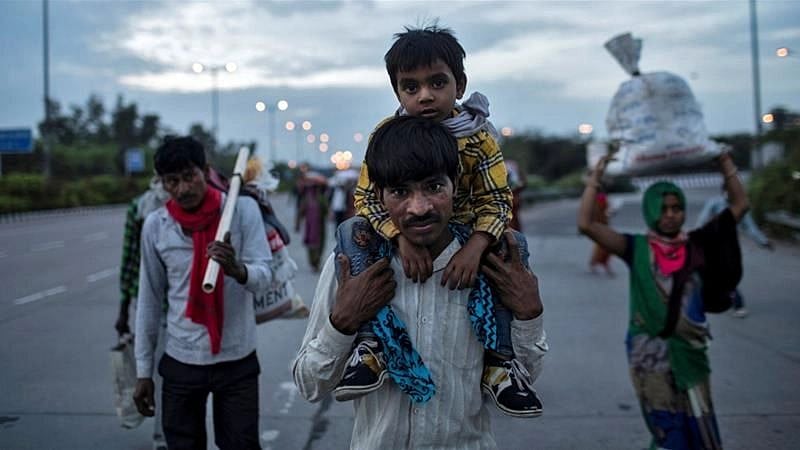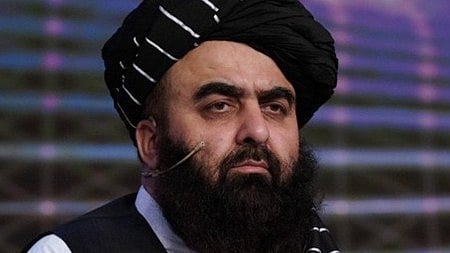After nine days of intense political drama and uncertainty, chief minister Uddhav Thackeray was left with little choice but to resign when the Supreme Court refused to stay Maharashtra governor B S Koshyari’s direction to his government to face a floor test. Most of Thackeray's MLAs turned rebels, saying they had no confidence in him and his coalition with the NCP and Congress. While the BJP had been relentlessly working to topple the Thackeray government over two and a half years, reports suggest that this plot to bring down the government was worked out in the last six months. Therefore, it is matter of speculation whether money power and coercion (via the Enforcement Directorate) together ensured that a sufficiently large number of MLAs became turncoats.
Though the revolt that began with Eknath Shinde and a group of 20 MLAs ended up hijacking the Sena’s legislature party, it was BJP’s Devendra Fadnavis who managed to steer the rebellion towards an endgame for Thackeray. Not many would have thought, before the 2019 Maharashtra assembly election, that Uddhav Thackeray would snap ties with his party’s long-time ally BJP and would become chief minister to head an unlikely coalition. But again, when Eknath Shinde rebelled against Thackeray and a majority of Sena MLAs joined the rebel camp, not many would have thought that Shinde would become the CM, either. When Thackeray resigned, it seemed a foregone conclusion that Fadnavis would be the chief minister and Shinde his deputy. But in fast-moving developments within a span of a few hours after Shinde landed in Mumbai from Goa, things changed dramatically, leading to a completely unexpected reversal in their roles in the new government with Fadnavis, of the numerically larger BJP, as Shinde’s deputy. It’s not difficult to fathom what brought about this dramatic change. Concerned about the growing sympathy for Uddhav Thackeray among Maharashtrian voters and in the rank and file of the Sena that were unhappy with the fact that the rebels had toppled Thackeray’s government and were going to help the BJP come back to power, the BJP was forced to change its plan to minimise the adverse impact of forming a BJP-led government.
It is obvious that Fadnavis was forced to submit to the party’s command despite being the rightful contender for the top post; it is equally apparent that the course-correction was a face-saver the BJP needed to escape the charge that it was not in favour of a Shiv Sena-led government. The BJP has made Shinde, a Shiv Sainik, the chief minister, but the plan to topple the Thackeray government has created the impression that it was indeed a co-conspirator in the plot, given that it was executed with such lightning speed and overwhelming force that it completely paralysed Thackeray’s party and rendered it incapable of a counter. Whatever the BJP may say in justification for bringing down the government, the fact remains that it is part of a long-term plan to weaken and obliterate the Sena.
It is true that the 2019 mandate was a decisive vote for the BJP-Shiv Sena alliance. Fadnavis has claimed that Uddhav Thackeray betrayed the people’s mandate by joining hands with the NCP and Congress. We do not know what was the understanding or terms of agreement between the BJP and Sena when they fought the election together, but the question is: if the BJP was against offering the chief ministership to the Sena in 2019, why has it offered the post to Shinde now? After all, the Sena walked out of the alliance only because of its claim that the BJP had agreed to give the chief ministership to its alliance partner. Had the BJP given in to the Sena’s demand then, it would have had the chance to have its chief minister now. Therefore, the question is: who betrayed the people’s mandate? Was it the Sena in 2019 or the BJP now, in making Shinde the CM though he cannot claim to be the Shiv Sena leader? After all, there is no clarity as to which is the real Sena.
If the BJP’s objective has been to diminish the Shiv Sena as a major political player in Maharashtra politics and emerge as the sole challenger to the Congress-NCP combine, it has succeeded to a great extent electorally. Now, following the massive split in the Sena, the BJP is in a better position to consolidate its hold over Maharashtra politics further, though its credibility as a party that adheres to the principles and values of constitutional democracy has taken a hit. Whether BJP has installed an obedient chief minister in Shinde who can be fully controlled by Fadnavis in Mumbai and remote-controlled from Delhi remains to be seen. But what it has succeeded in doing is to weaken the Sena and the Thackeray family’s hold over the party, at least for now.
So, what now for Uddhav Thackeray and the Shiv Sena he heads? Can he make a comeback even after the massive setback that has forced him to resign, paving the way for Shinde to take over both the government and, seemingly, the party as well? It’s true that while the Shiv Sena now stands diminished, it is not decimated. A lot will depend on how Shiv Sainiks and Sena supporters react to the events that have unfolded over the past two weeks. Given that the Shinde-led mutiny against Bal Thackeray’s son who inherited his father’s mantle as the Sena’s head has deeply hurt the pride of average Maharashtrians and party cadres, the coming weeks and months will show how inextricably the Sena is linked with the Thackeray leadership. Whether the Shiv Sena as an organisation will swing towards Shinde the same way as the rebels MLAs did, remains to be seen. As the battle for the “real Sena” begins, the first test will be the BMC elections, as also the elections to a dozen-odd municipal corporations in September-October.
(The writer is an independent Mumbai-based senior journalist. He tweets at @ali_chougule)
